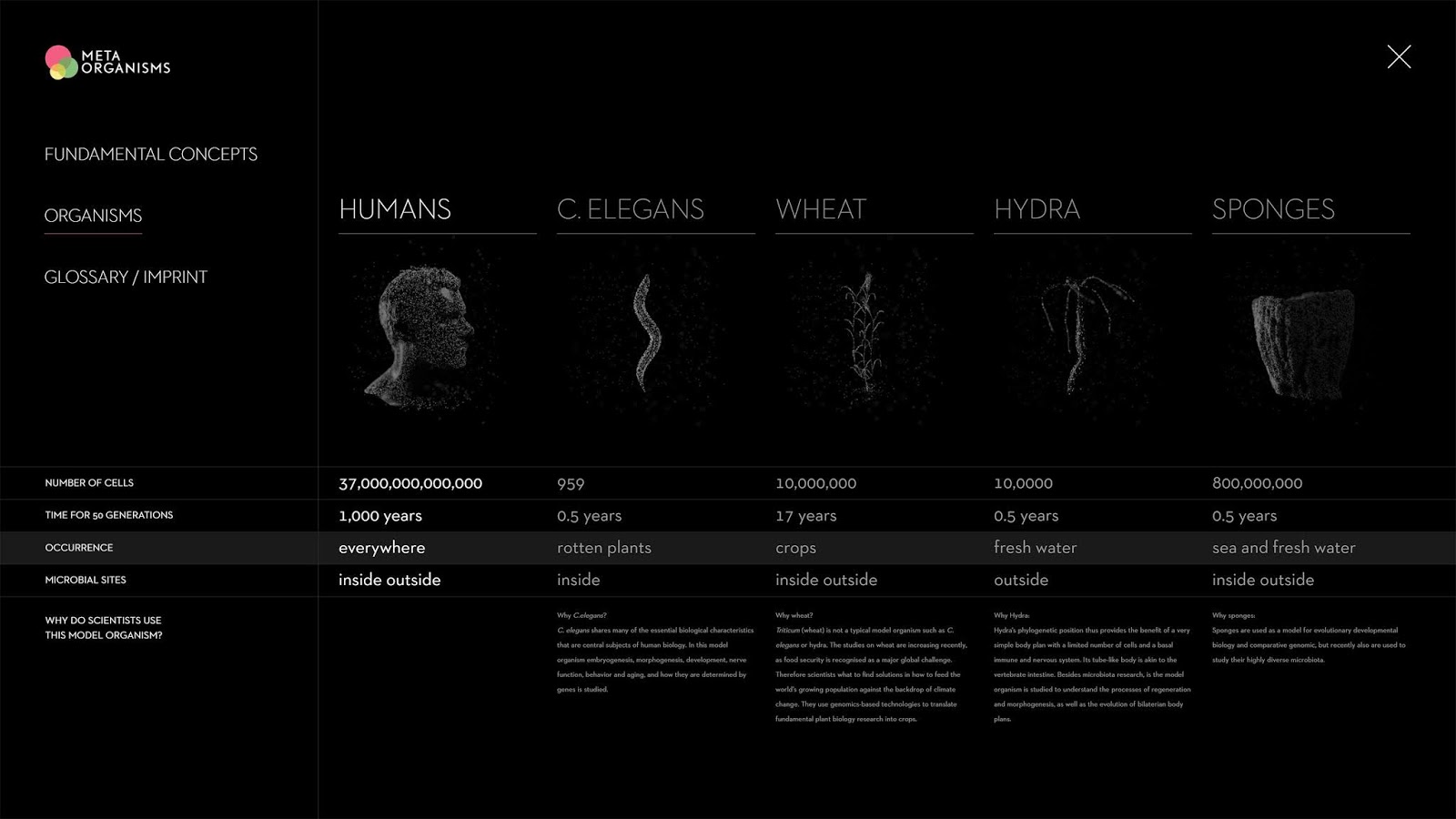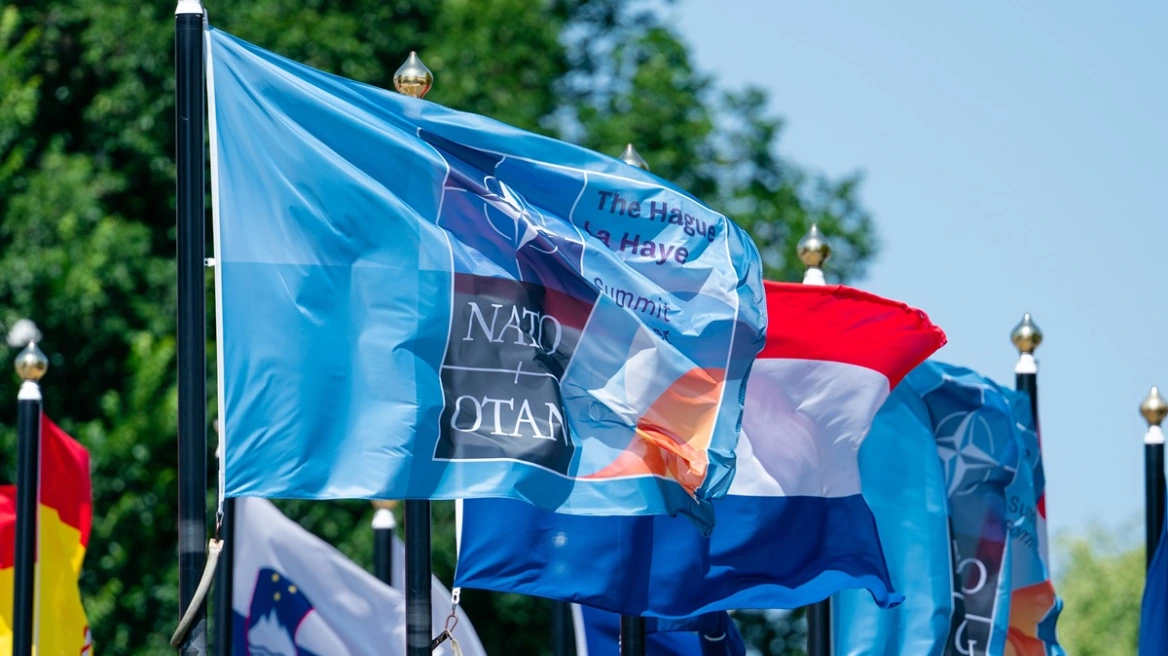All living things – from the simplest animal and plant organisms to the human body – live closely together with an enormous abundance of microbial symbionts, which colonize the insides and outsides of their tissues. The functional collaboration of host and microorganisms, which scientists refer to as a metaorganism, has only recently come into the focus of life science research. Today we know that we can only understand many of life’s processes in connection with the interactions between organism and symbionts. The Collaborative Research Centre (CRC) 1182 “Origin and Function of Metaorganisms” at Kiel University (CAU) aims to understand the communication and the functional consequences of host-microbe relationships.
A key issue for the researchers at the CRC 1182 is how the composition of an organism’s microbiome forms during its individual development. It is still unclear as to whether the microbial community composition is more governed by a functional selection process or if random processes dominate. In order to examine the microbiome composition, a research team from the CAU’s CRC 1182 and the Max Planck Institute for Evolutionary Biology in Plön (MPI-EB) has now applied the theory of the so-called “neutral metaorganism” to an entire spectrum of model organisms, from very simple creatures to complex vertebrates. The scientists from Kiel and Plön published their findings yesterday in the journal PLOS Biology.
Read more HERE
Ask me anything
Explore related questions





